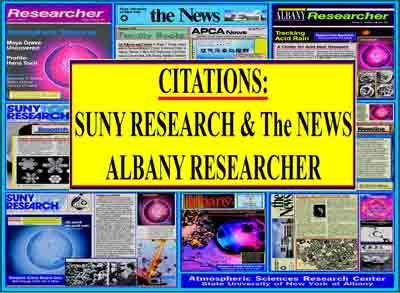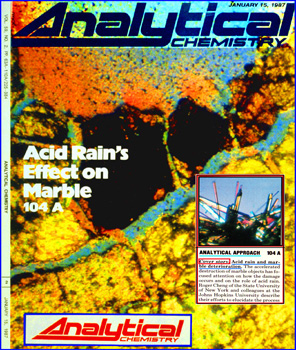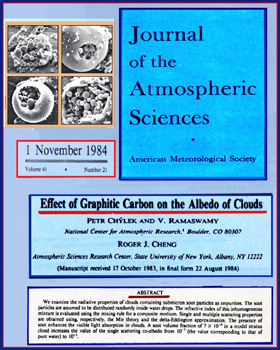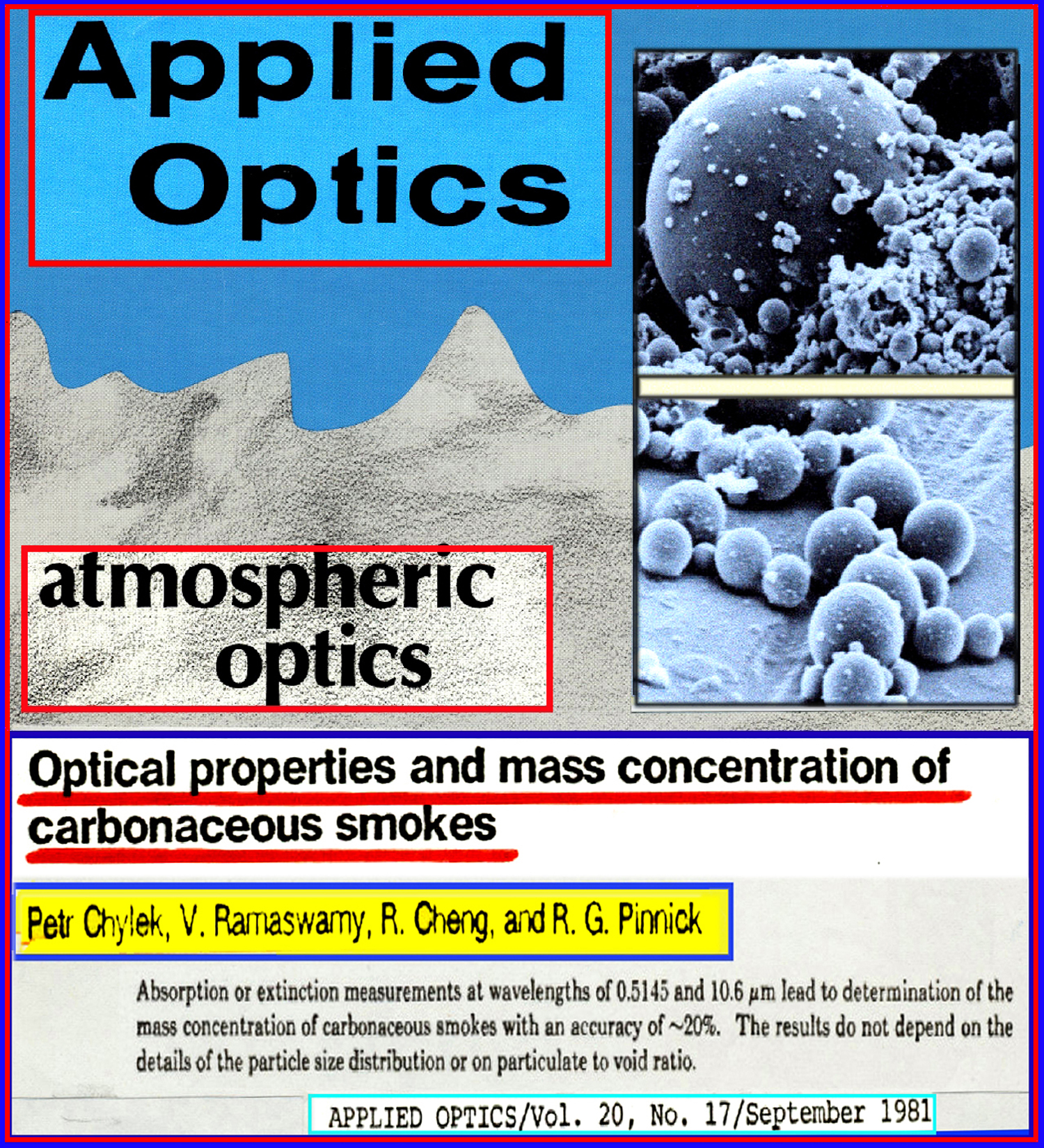SCIENCE
EDUCATION and GENERAL PUBLIC EDITION |
|
| 1,
The MICRO-WORLD in the ATMOSPHERE
|
|
SCIENTIFIC
and PROFESSIONAL EDITION |
|
2,
The MICRO-WORLD in the THUNDERSTORM
- www.RogerCheng.com
-
- "The
STORY of The LIFE CYCLE of A WATER DROP in a THUNDERCLOUD"
- NEWLY
PUBLISHED: FEB.2011--under TESTING and REVISION
|
|
3,
The MICRO-WORLD in our ENVIRONMENT
- A,
CHARACTERIZATION of POWER PLANT EMISSION--OIL and COAL
- B,
ACID RAIN FORMATION-CATALYTIC SO/2 OXIDATION in A WATER
DROP
- C,
ECOLOGICAL EFFECTS- MARBLE DETERIORATION and PLANT DAMAGE
- in
preparation
|
|
4,
The MICRO-WORLD in the MARINE ATMOSPHERE
- A,
DISCOVERY of HOLLOW SEA SALT PARTICLES
- B,
TRANSFER of MARINE SULFATE from OCEAN into the ATMOSPHERE
- C,
SHELLED (CHLORIDES) MIRINE-CCN(CLOUD CONDENSATION NUCLEI
- in
preparation
|
|
- FOR
BEST RESULT: please log-on GOOGLE SEARCH-
- (WEB
and IMAGES)
|
|
|
|
|
NEWLY
PUBLISHED WEB SITE
by
Roger J. CHENG-ASRC-UALBANY
|
The
MICRO-WORLD in the THUNDERSTORM
FEBRUARY
2011

|
The
MICRO-WORLD in our ENVIRONMENT
JULY
2011
|
|
|












.jpg)

